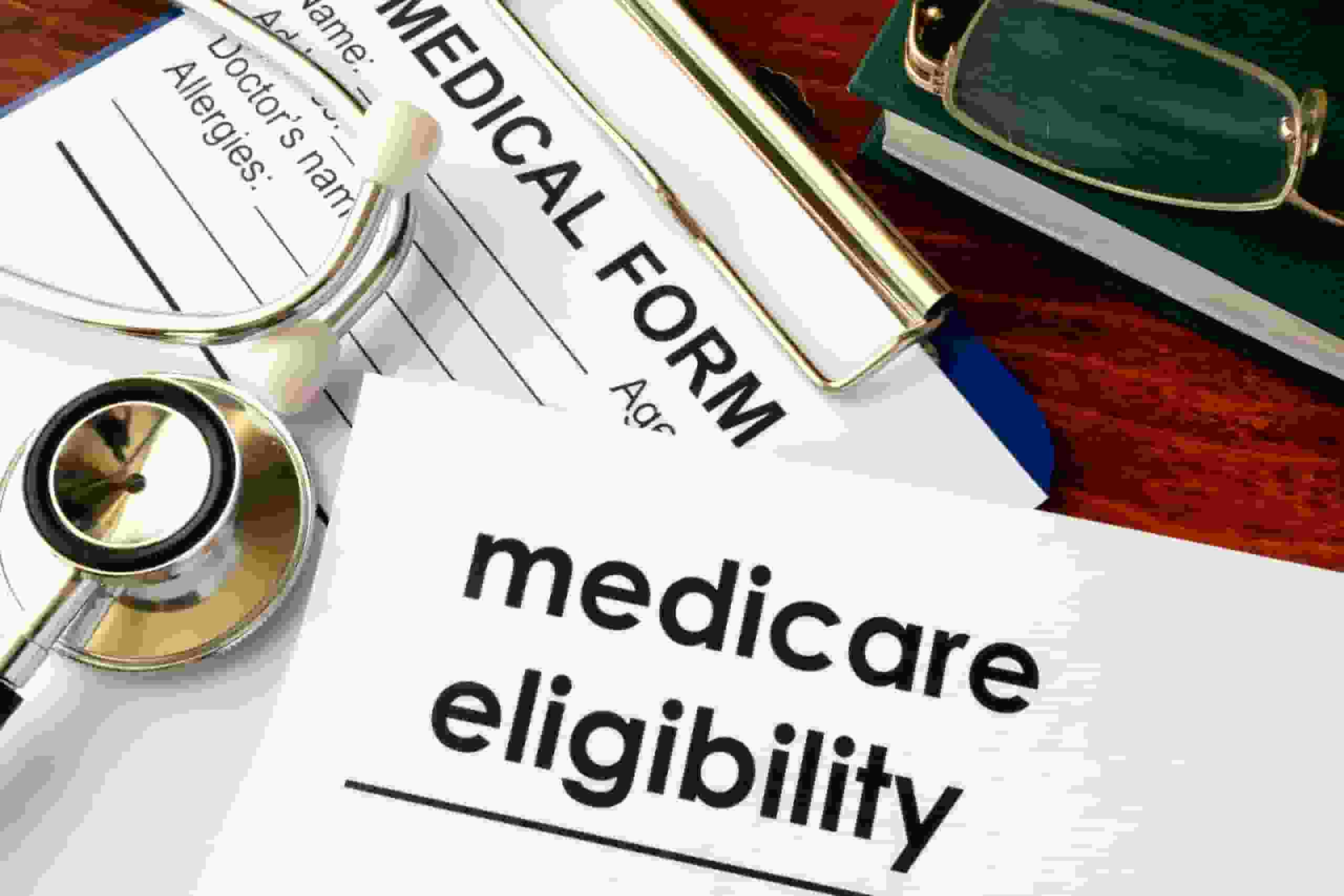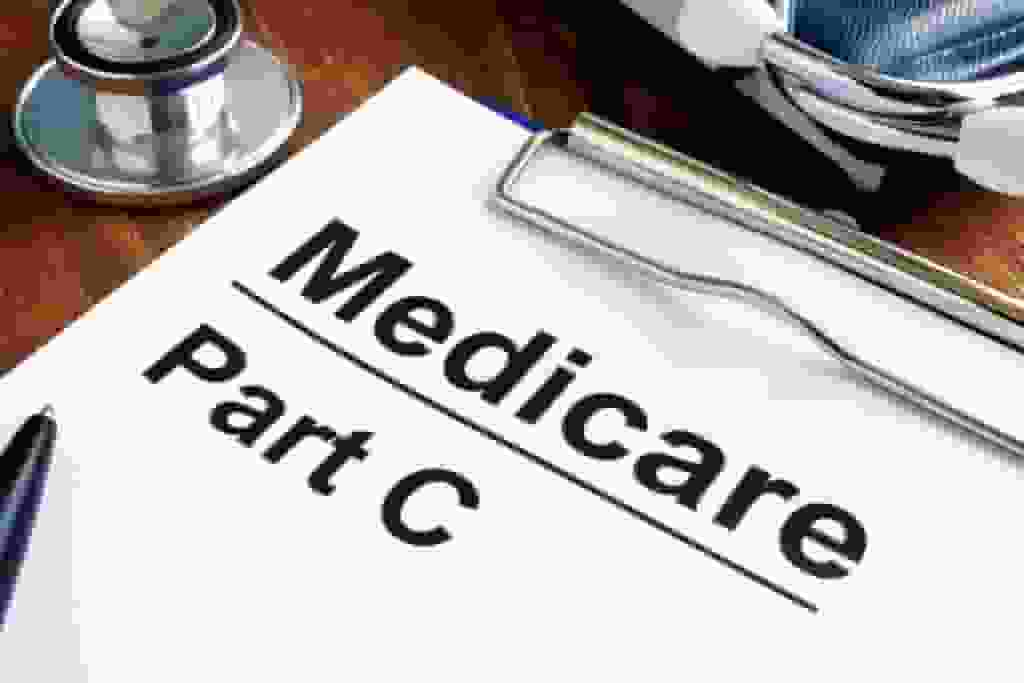
Some Medicare beneficiaries will pay less out of pocket beginning next month for 27 prescription medications whose costs climbed faster than inflation late last year, according to the Department of Health and Human Services.
The statement came as President Joe Biden emphasized his attempts to reduce Citizens’ everyday costs in the face of higher-than-expected inflation.
How Much Medicare Beneficiaries Could Save?
Seniors’ cost share for the prescriptions, which are used by patients with cancer, fungal infections, acne, rheumatoid arthritis, chronic renal disease, and urinary tract infections, among other illnesses, could be reduced by $2 to $390 per typical dose. Doctors deliver the medications, which are covered by Medicare Part B.
According to HHS Secretary Xavier Becerra, the list of pharmaceuticals eligible for refunds will be updated quarterly.
The lower prices for these 27 pharmaceuticals are the result of provisions in the Inflation Reduction Act, which Congress passed last August.
The law requires pharmaceutical companies to pay a rebate to the Medicare program if their prescription prices rise faster than the rate of inflation, which happens frequently. According to the Kaiser Family Foundation, half of all Medicare-covered medications saw list price increases that surpassed inflation between 2019 and 2020.
Read more: One state offers a $500 tax rebate; Are you eligible?
Additional Changes To Drug Coverage

This isn’t the only change to Medicare medication coverage that recipients should be aware of this year.
The Inflation Reduction Act also set a monthly cost-sharing threshold of $35 for insulin administered through Part D, which went into effect on January 1. Part D deductibles, which vary by plan but cannot exceed $505 in 2023, will also not apply to the covered insulin product.
The benefit begins on July 1 for people who use a standard insulin pump (which falls under Part B). Further changes are on the way in the next year.
Additional provisions aimed at reducing Part D spending go into effect later. This includes abolishing the present 5% coinsurance in the catastrophic phase of coverage, which goes into effect in 2024.
Furthermore, beginning in 2025, recipients’ annual out-of-pocket Part D spending will be limited to $2,000 per year. There is now no out-of-pocket limit, whether you obtain your coverage as a standalone Part D option or through an Advantage Plan.
Read more: Purina expands dog food recall that could causes kidney difficulties and illness in pets

